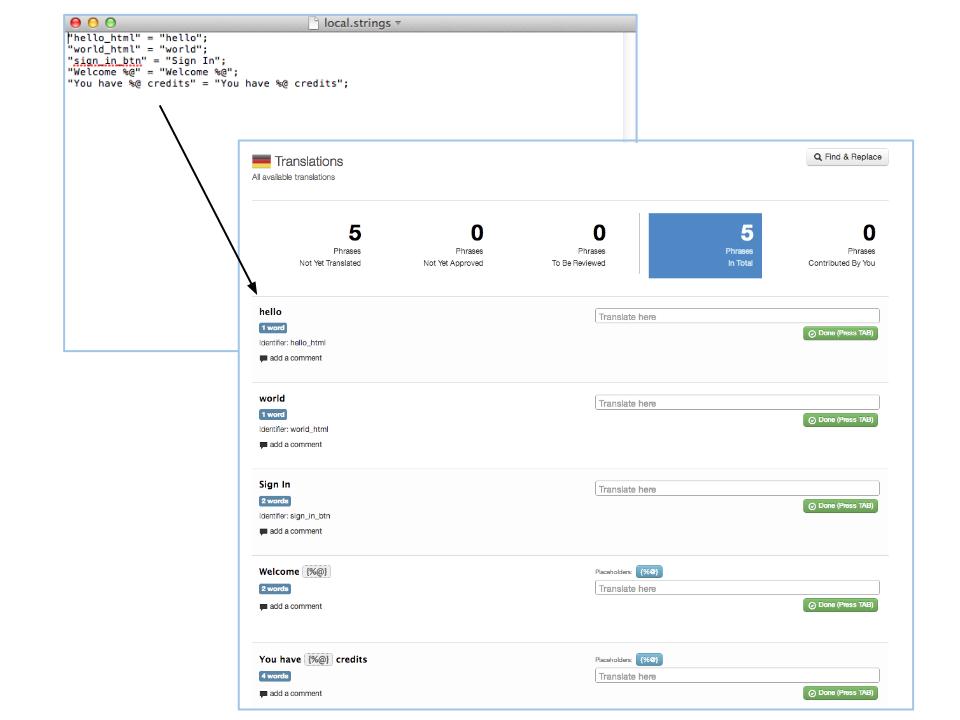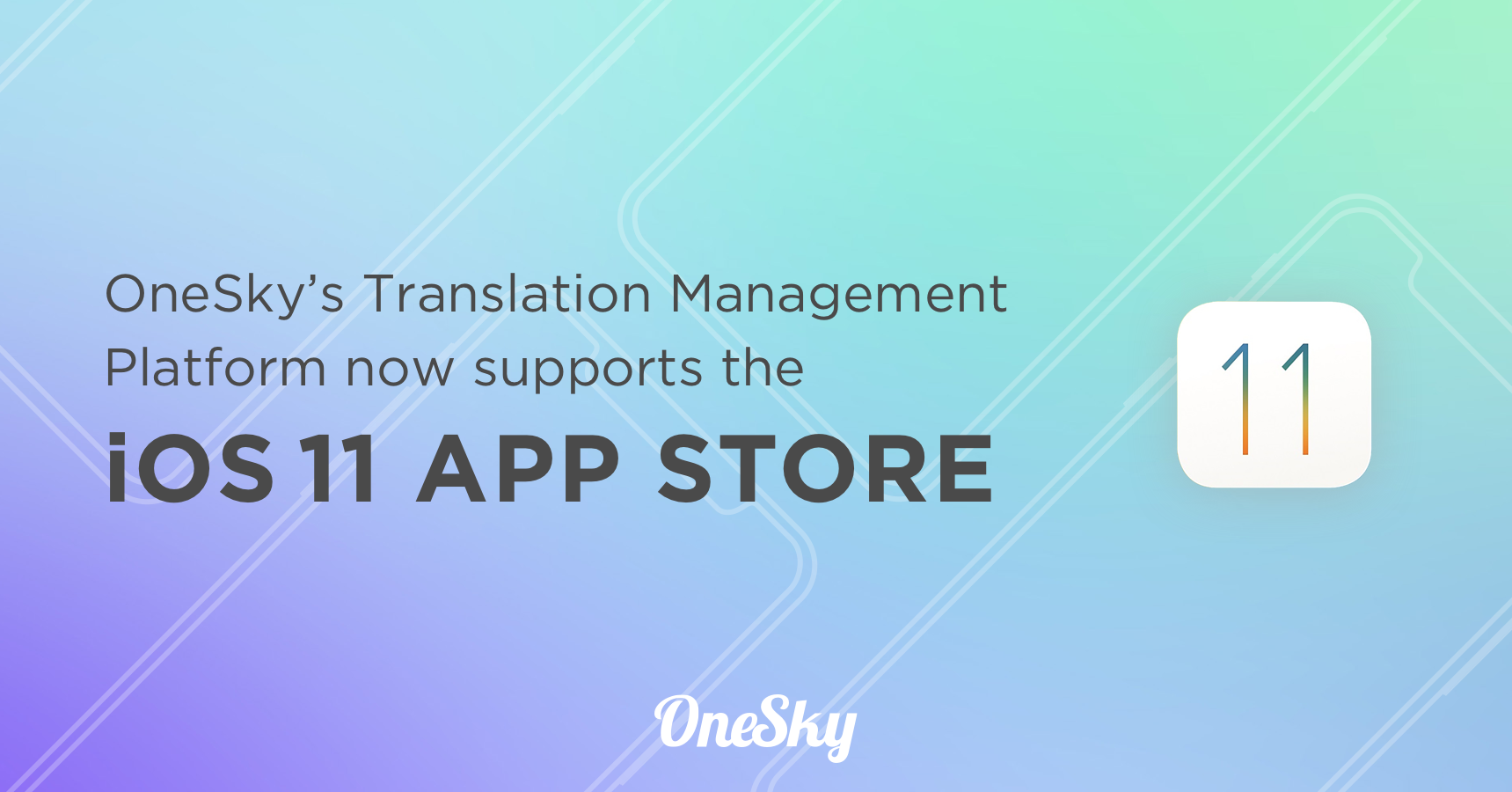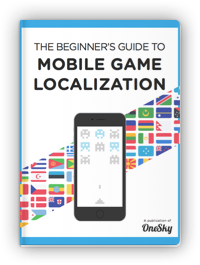How to get better translations for your mobile apps
Researches have shown that apps in most countries are dominated by apps that offer local language support (see our previous blog post on the impact of mobile app localization for more stats). So the first step to get more international users is to speak their languages by translating your apps. Getting better translations for your mobile apps is a start and can help you gain international exposure as well.
But whether localization and translation can help you increase download volumes also depends on the quality of your translations. A poorly translated app might give a bad impression to potential users instead of helping you to gain more downloads.
To get high quality translations for your app, there are a lot more to consider other than simply picking the right translation agency / freelance translators. Below is our number one tip on how to enhance the quality of your mobile app translations.
Tip #1 – Provide an easy-to-handle file format for translators
Not all translators are comfortable with translating code files directly.
Even if the translators or translation agency that you’ve picked are experienced in translating code files, most of them would charge you more if you send them the code files directly to compensate for the added complexity.
One way to solve the above problem is that you could ask your developers to extract the text from your code & convert them into easy-to-handle format, e.g. excel. However, this could be a very time-consuming process if your app contains lots of words (don’t forget you still have to copy & paste the translations back when the translations are done.)
To save time, you could use SaaS like OneSky. Using OneSky cloud-based translation management platform, you simply have to upload your resource files (e.g. .strings for iOS apps, .xml for Android apps) and the system can automatically parse your files to extract the text and convert them into easy-to-read strings on the online translation platform.
Then, translators simply need to translate directly online on OneSky translation platform (you can order professional translation service from OneSky or simply invite your own translators to contribute). And with OneSky’s built-in placeholder validation system, all placeholders would be highlighted for easier identification and translators would not be able to submit a translation if there are any missing / misspelled placeholders.
When the translation is done, you’d be able to download the translation in ready-to-use resource file format.
With the help of OneSky platform, not only translators could work faster and concentrate their effort on the actual translation work instead of dealing with the codes, it also helps to eliminate your risk of getting back a bunch of unusable codes when the translation is done.
“Translation made easy” – the tagline of OneSky translation management platform.
Image Courtesy: Stuart Miles at FreeDigitalPhotos.net




 Written by -
Written by - 




 Written by
Written by 


